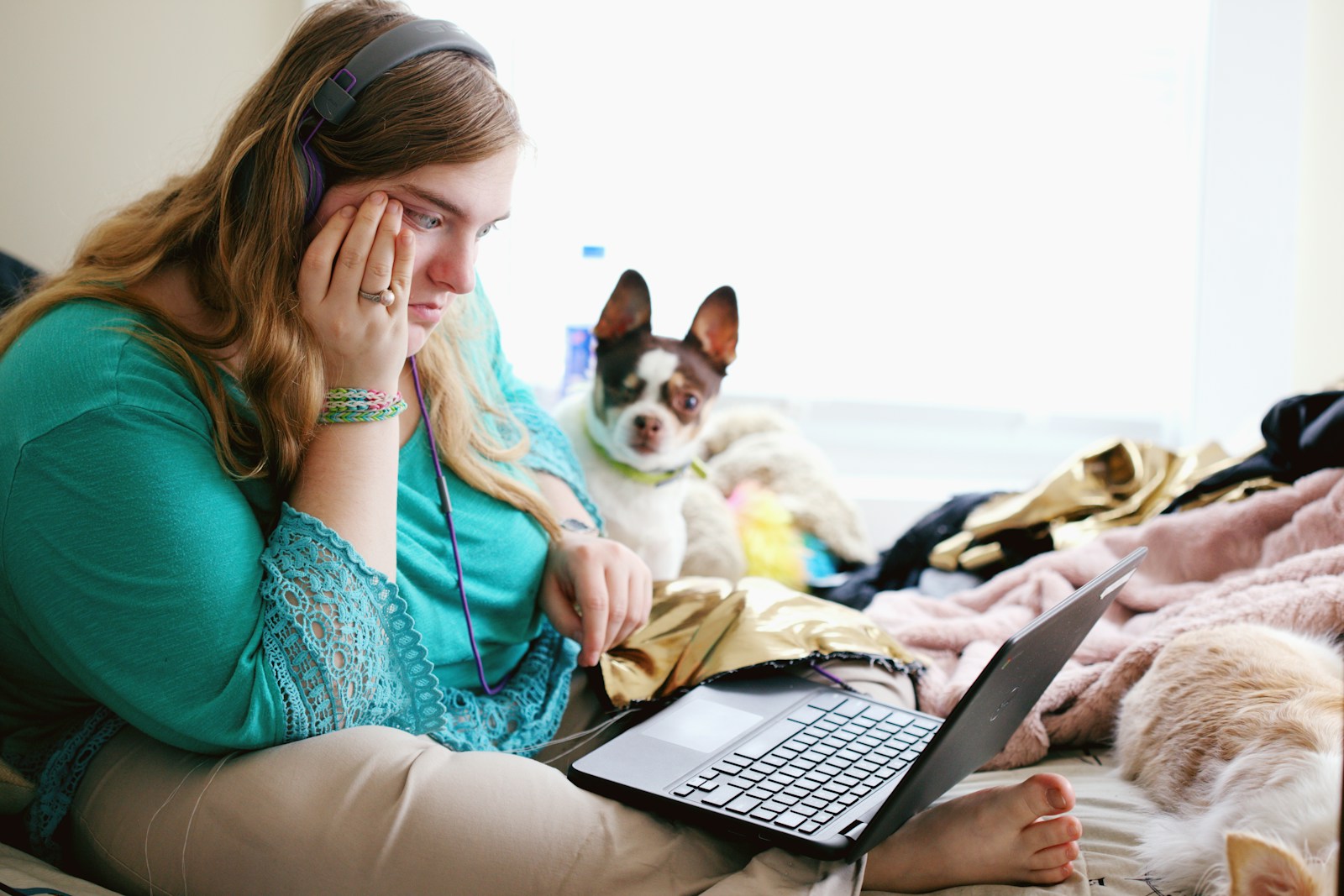Autism is a condition that is known as a spectrum disorder. This describes the fact that people with the condition may have varying degrees of severity in terms of how it impacts their lives. No two autistic people are the same, but the condition affects how they perceive the world, interact with others, and communicate. Milder forms of autism may not have a significant impact on how the individual lives their life. Many people with less severe forms of autism can go on to have successful careers as adults and find that they only need to make slight adjustments to their daily routines to flourish. More severe forms of autism may place severe limitations on the individual and make communication extremely difficult. In this article, the focus is placed on autism and social inclusion. Some community activities are explored that will help non-autistic people understand the condition more effectively and help to create inclusive spaces for all.
Reader's Roadmap
Raising awareness in schools and community groups
Firstly, it is important to recognize that people with autistic spectrum disorder may face high levels of stigmatization. This can take the form of bullying, both in real life and online, or being excluded from activities. Often, stigmatization stems from a lack of understanding of the condition. Put simply, the people who stigmatize autistic people often do so due to their ignorance of the condition and a fear of how to approach or interact with the autistic community.
Stigmatization can be fought against by raising awareness of autism, both in schools and in adult community groups. Typically, when there is a greater understanding of the condition, apprehension, and fear of communicating with autistic people reduces. Schools and community groups can access a range of facts, information, and statistics about the condition that will enable them to be better informed. Over time, this increased awareness and understanding will lead to a more inclusive environment for autistic people.
Helping autistic people to cope with their condition
While public education plays a vital role in creating inclusive environments for autistic people, there is also a need to give autistic individuals tools and strategies to help them reach their full potential. Thankfully, there are a range of apps for autistic adults that can help them to manage their condition more effectively. Well-designed apps for autism can help the person to learn more about how autism impacts their daily lives, with strategies for supporting learning and sensory needs and access to counseling services and online autistic communities. In short, high-quality autism apps can help people manage their condition and reach their full potential in life. Search online to find an autism app that is well-designed and offers comprehensive services and learning tools.
Listening to lived experiences of autism
Finally, one of the most important ways to promote inclusivity for autistic people is to listen to their voices. Understanding the lived experience of different forms of autism is a key way to raise awareness and create a more inclusive society that embraces all forms of neurodiversity. Autistic people should be offered the opportunity to talk about their experiences and how the condition impacts their lives. It may even be beneficial to film such discussions, with the prior consent of the person, so that their words and experiences can reach a larger audience.







Leave a Reply
View Comments